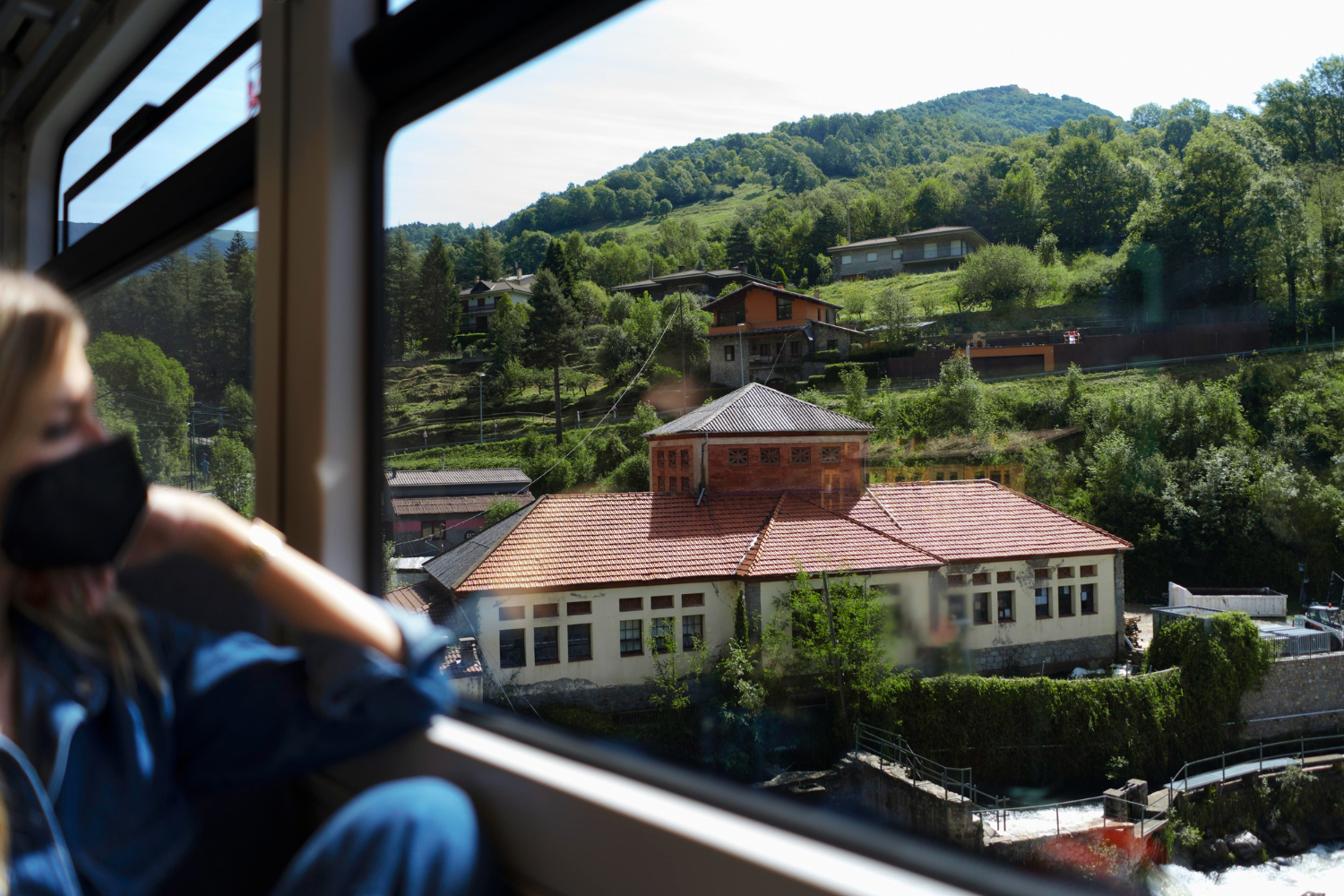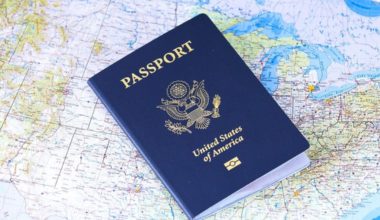Eco-friendly travel is growing because it helps the planet and actually makes trips better. Aviation adds roughly 2 to 3 percent of global CO2, so small choices matter. Trains on short routes, shuttle-based parks, reef-safe habits, and efficient hotels all reduce emissions without killing the fun. Each section below gives a fact-backed reason, a simple how-to, and real places teens can map today. Bring a reusable bottle, plan routes, and try the coolest spots listed to see the difference on your next trip.
1. Smaller Carbon Footprint With Smarter Transport
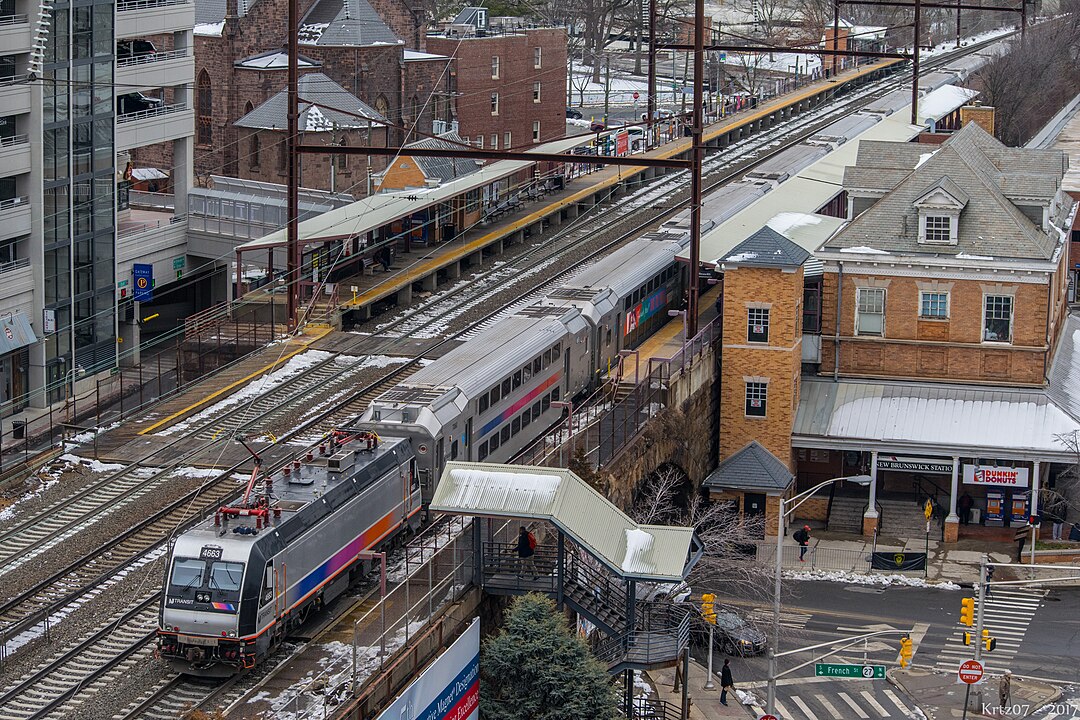
Transport is the biggest slice of trip emissions. Trains and motorcoaches usually beat planes on per person CO2 for trips under about 500 miles. Packing light and choosing nonstop flights also reduce fuel burn per seat. Carpooling with full seats makes road trips cleaner and cheaper. Use a footprint calculator, cut first, then offset the rest. Coolest spots: Amtrak Northeast Corridor city hops, Pacific Surfliner between San Diego and Santa Barbara, Washington State Ferries to the San Juan Islands.
2. Park Shuttles Protect Trails and Air
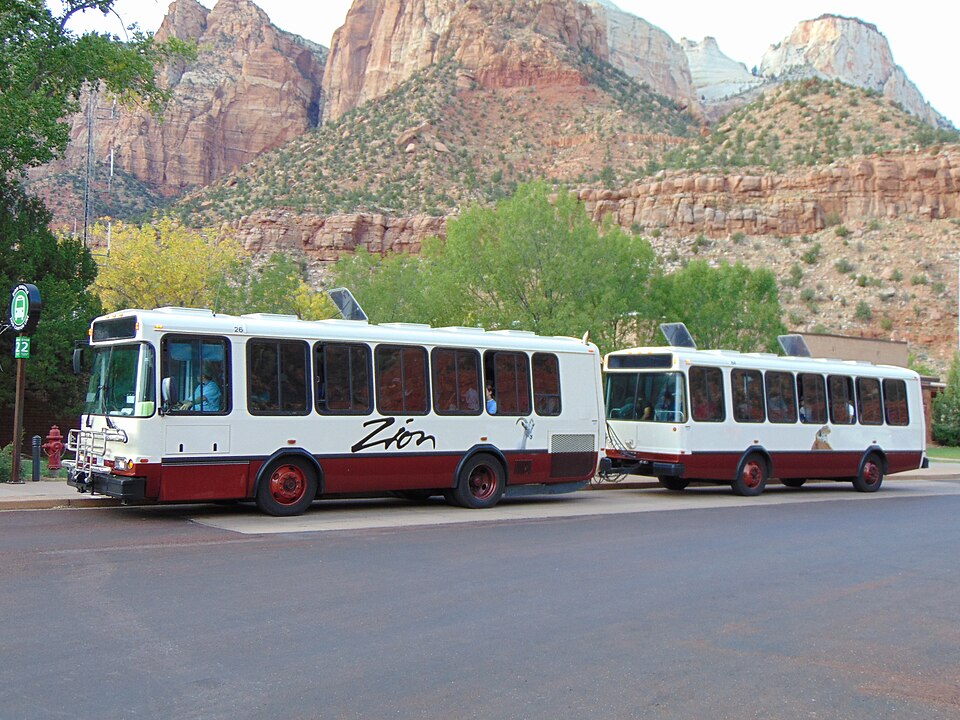
National parks cap traffic because idling cars harm air quality, wildlife, and trailheads. Shuttle systems move more people with fewer vehicles, lowering noise and dust while keeping roads safer for cyclists and hikers. You also skip parking stress and see more trailheads in one day. Coolest spots: Zion Canyon’s shuttle only road, Yosemite Valley’s free loops, Glacier’s Going to the Sun Road shuttles, Grand Canyon village routes linking overlooks without a car.
3. Energy Smart Stays Save Big Resources
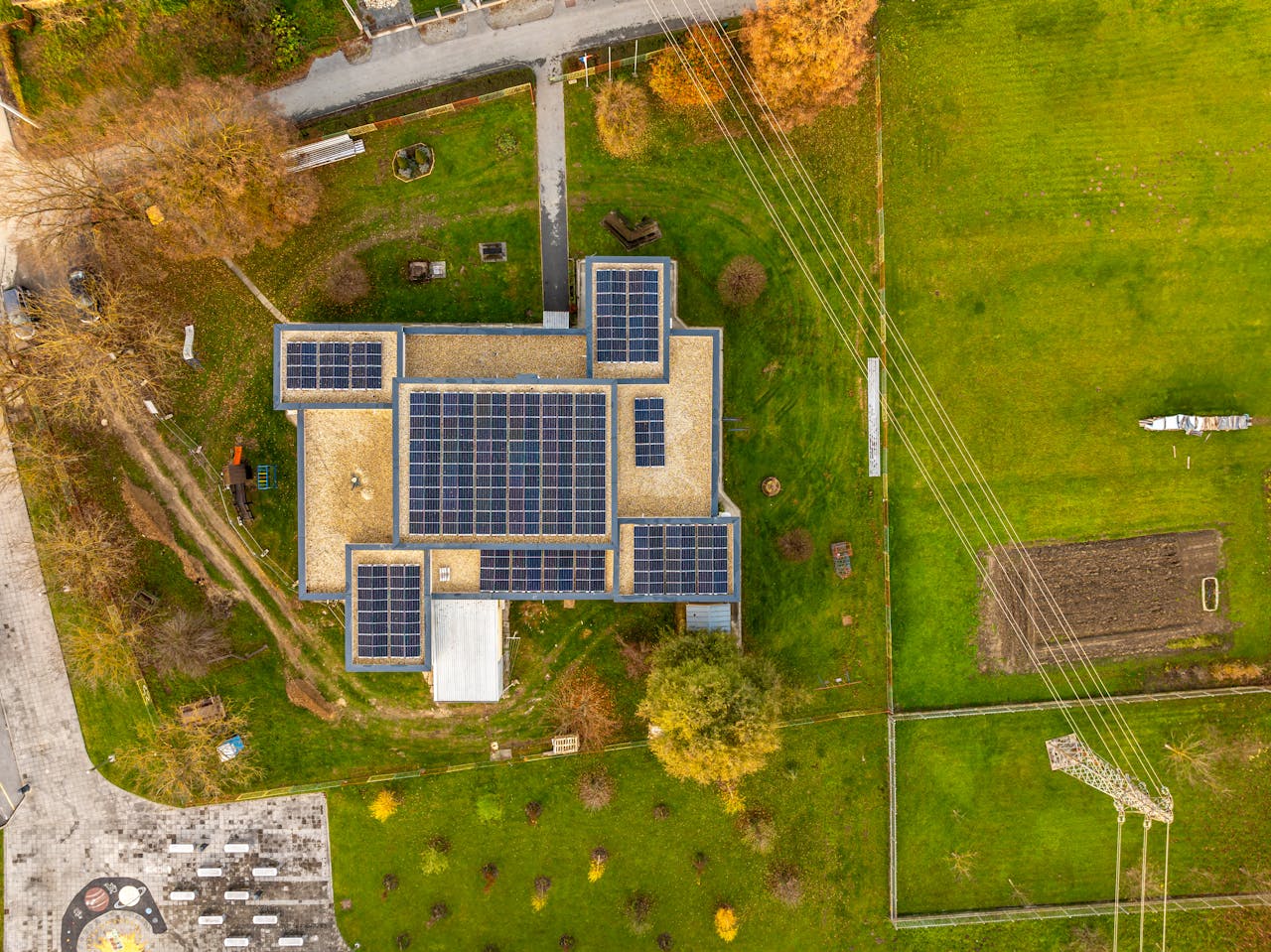
Hotels use serious energy for heat, cooling, and hot water. Efficient buildings with LED lighting, smart thermostats, and low flow fixtures cut emissions and water use without hurting comfort. Look for credible labels like LEED, Green Key, or ENERGY STAR to avoid greenwashing. Linen on request saves thousands of gallons per property each year. Coolest spots: certified hotels in Portland and Denver, park gateway lodges that publish water and energy savings on their websites.
4. Reef Safe Sun Rules Protect Oceans
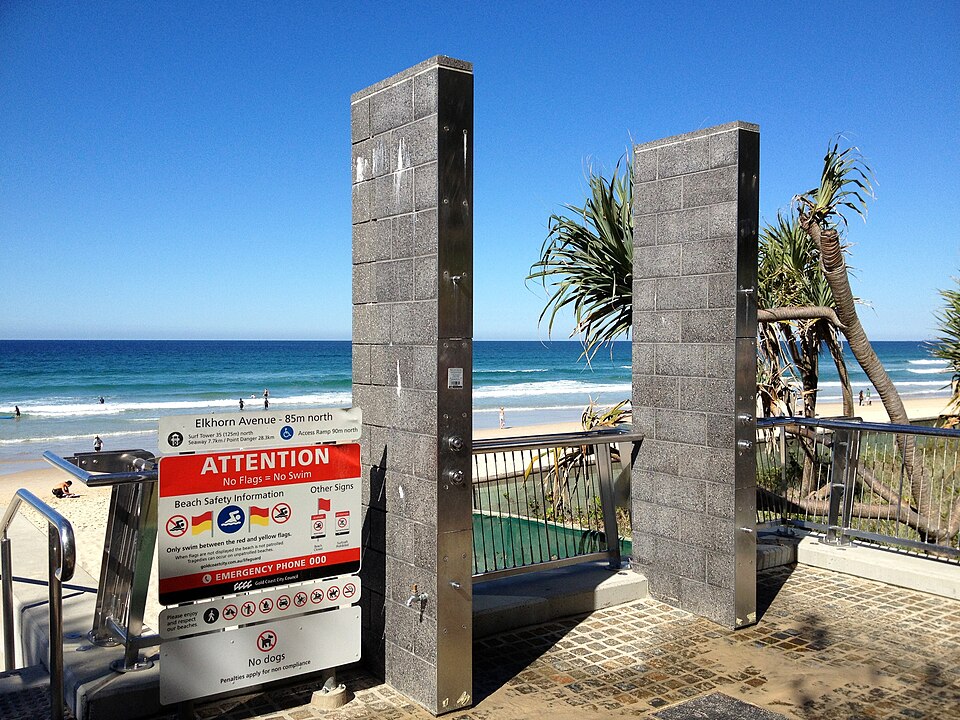
Oxybenzone and octinoxate can harm coral larvae, which is why places like Hawaii restrict sunscreens with those chemicals. Mineral blocks with zinc oxide or titanium dioxide are a safer bet, and wearing a rash guard means using less lotion overall. Rinse off at showers away from tide pools so residue does not flow into fragile areas. Coolest spots: Hanauma Bay on Oahu, Kahekili Beach on Maui, and managed snorkel beaches on Hawaiʻi Island that promote reef safe habits.
5. Dark Sky Places Keep the Stars Alive
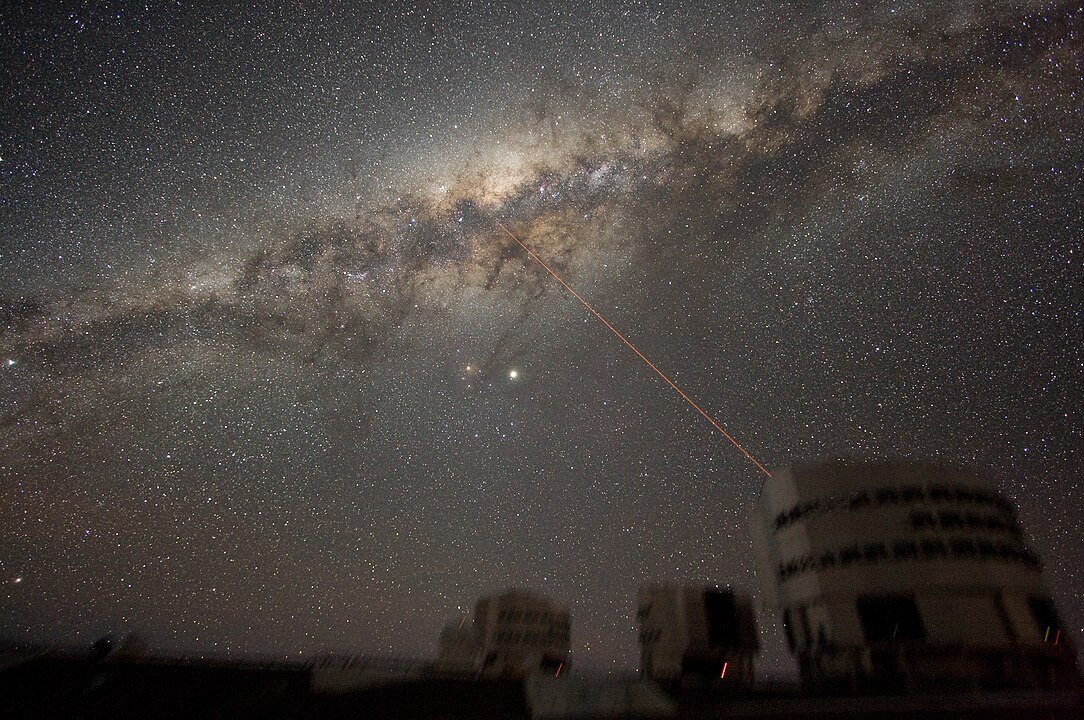
Light pollution wastes energy and disrupts wildlife. Dark sky cities shield fixtures and use warmer bulbs that point light downward, improving night vision and preserving nocturnal habitats. Stargazing on a new moon shows how bright the Milky Way can be when towns manage light well. Bring a red light headlamp to protect night sight. Coolest spots: Flagstaff and Sedona in Arizona, Borrego Springs in California, and Big Bend National Park in Texas.
6. Local Food Cuts Miles and Packaging
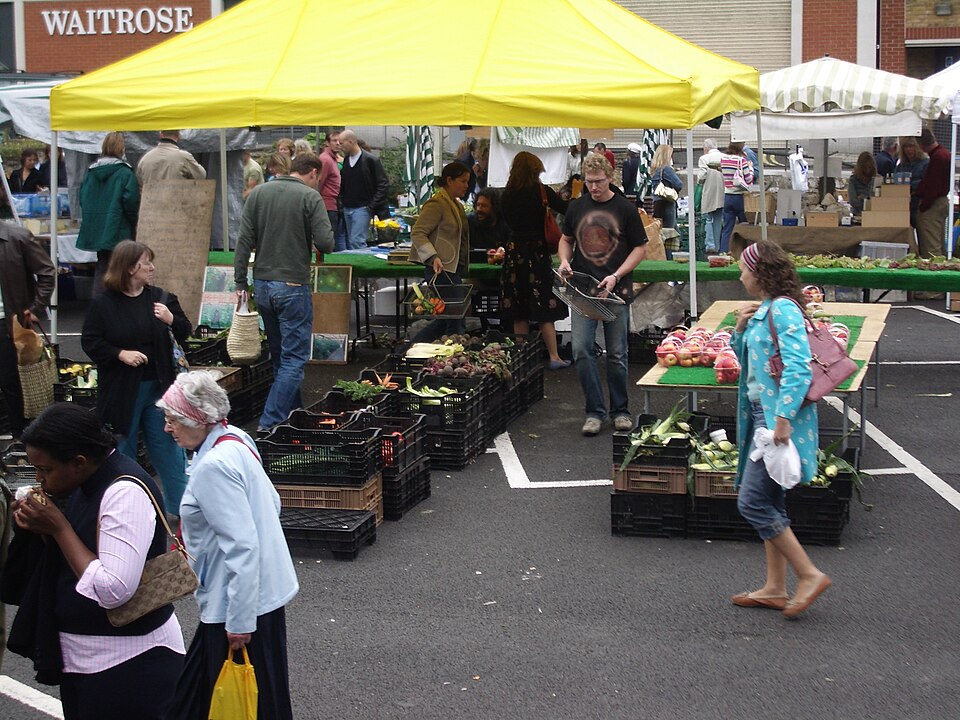
Food miles, refrigeration, and single use packaging add hidden emissions. Markets and farm-to-table spots shorten supply chains and often use less plastic. Seasonal menus reduce energy tied to long storage. Carry a reusable bottle and utensil kit to skip disposables. Coolest spots: Santa Fe Railyard farmers market, Burlington farmers market by Lake Champlain, and Portland’s PSU Saturday Market for local bread, fruit, and picnic lunches without extra waste.
7. Leave No Trace Protects Wild Places
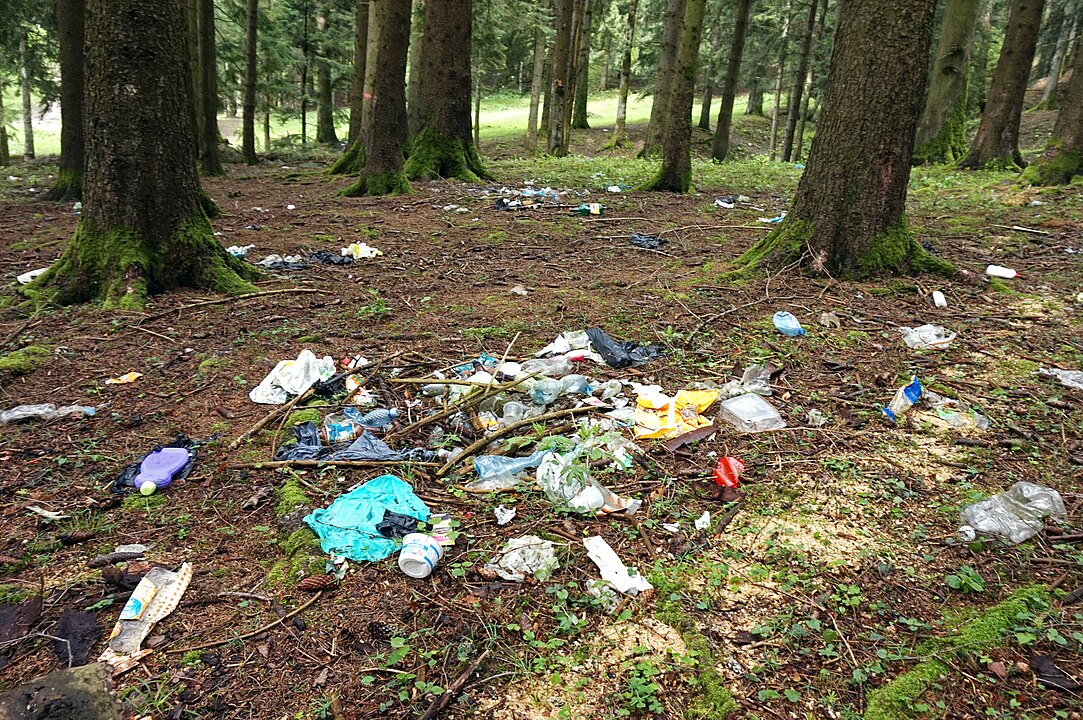
Leave No Trace is a science-based set of habits that reduces erosion, water pollution, and wildlife stress. Staying on durable surfaces keeps cryptobiotic soil intact. Packing out trash stops animals from learning to scavenge. Give wildlife space: at least 25 yards for most animals and 100 yards for bears or wolves per park guidance. Coolest spots: beginner-friendly loops in the Great Smoky Mountains, Shenandoah, and Acadia to practice low-impact skills that scale up later.
8. Wildlife Safe Viewing Prevents Harm
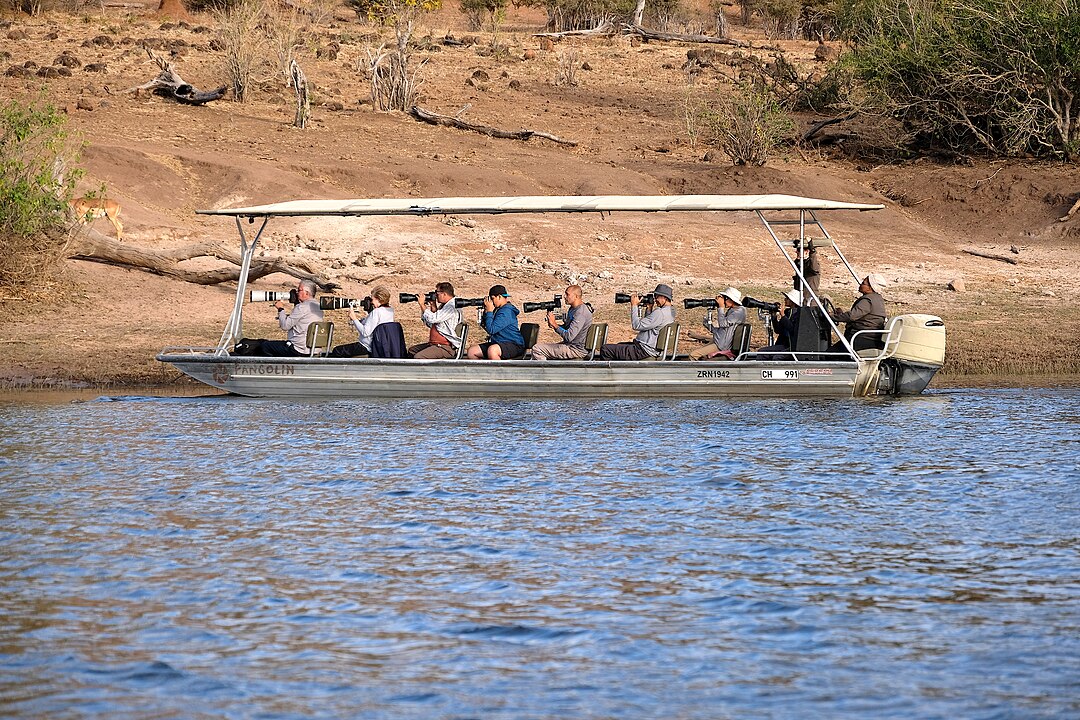
Feeding wildlife changes behavior, draws animals to roads, and can lead to injuries for people and animals. Bear-resistant cans and locked dumpsters reduce conflicts that sometimes end with euthanasia of food-conditioned animals. Store snacks in sealed containers and cook away from tents. Coolest spots: Yellowstone pullouts for bison and elk, Rocky Mountain National Park meadow overlooks, and Channel Islands fox viewing from marked trails with rangers nearby.
9. Biking and Walking Make Cities Quieter
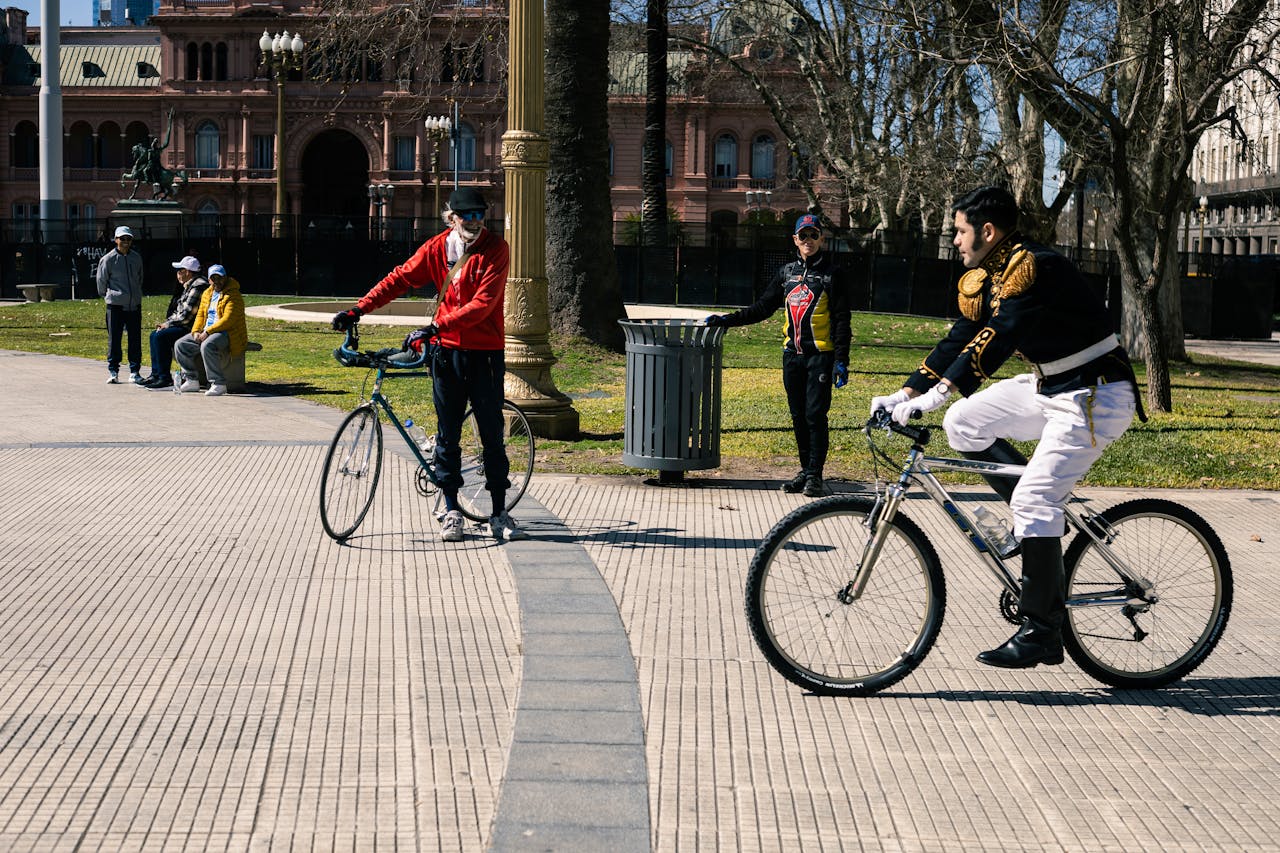
Protected bike lanes and wider sidewalks cut short car trips, slash noise, and reduce emissions while making streets safer. E-bikes flatten hills and help teens cover more ground with less sweat. Plan routes on greenways, not busy arterials, and lock with a solid U lock. Coolest spots: Chicago’s Lakefront Trail, Minneapolis bike share network, Portland neighborhood greenways, and DC’s Capital Bikeshare loop around the National Mall.
10. Verified Offsets Top Off Real Reductions
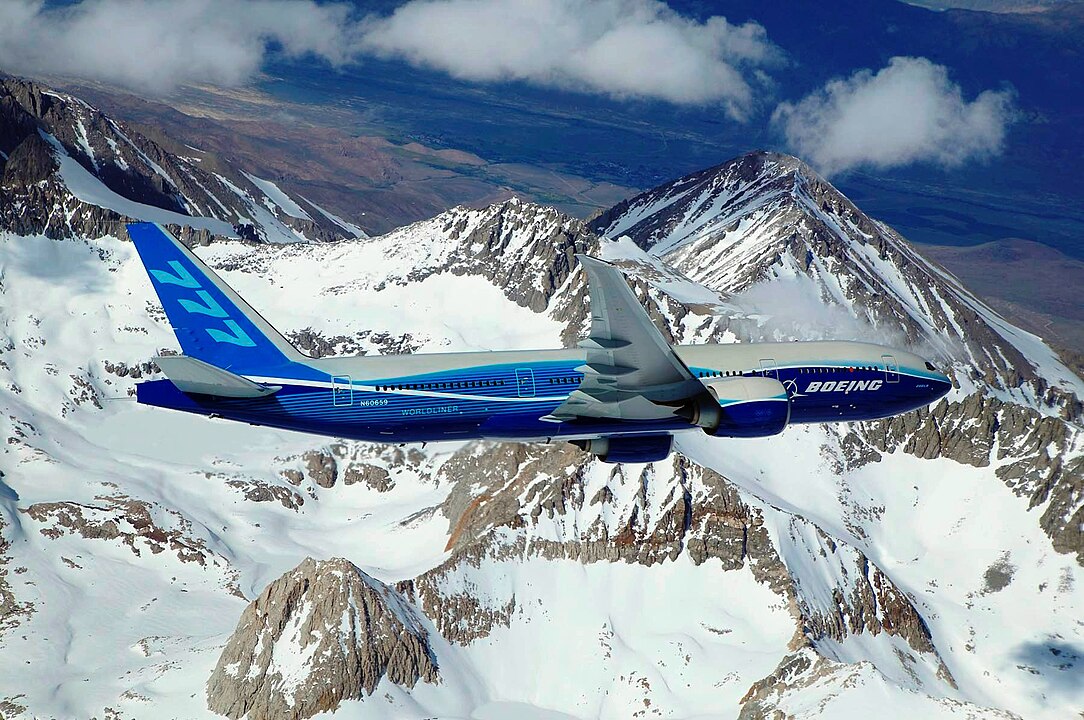
Offsets should not replace cutting emissions, but verified projects can cover what you cannot avoid. Look for permanent, additional projects with third-party audits, like long-term reforestation or methane capture listed on public registries. Read project IDs, not just marketing claims. Coolest spots: pair a nonstop flight into Salt Lake City with the Zion shuttle, then offset the remainder through a reputable registry after you confirm the project details.
